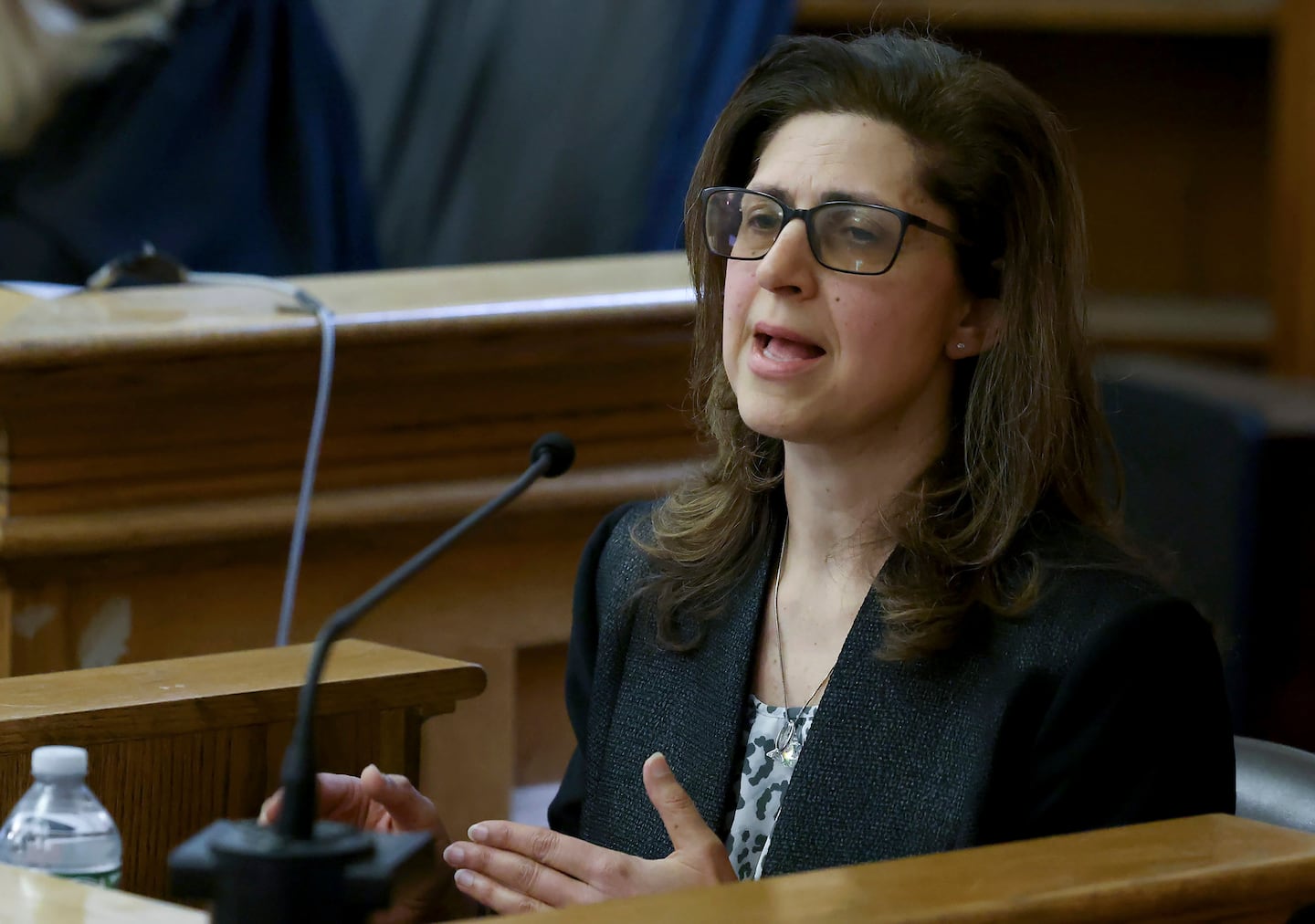The Crucial Role of the Medical Examiner in High-Profile Cases
In the complex world of criminal justice, the medical examiner plays a pivotal role in uncovering the truth behind unexplained deaths. Their expertise goes far beyond conducting autopsies—they provide essential insights that guide investigations, offer clarity for mourning families, and deliver critical testimony in court. Understanding what the medical examiner does can reveal why their work is so vital, especially in high-profile cases that grip the public’s attention.

What Does a Medical Examiner Do?
A medical examiner is a specially trained physician, usually in forensic pathology, tasked with investigating deaths that occur under unusual or suspicious circumstances. Their main responsibilities include:
- Performing autopsies to determine the cause and manner of death
- Collecting and documenting evidence from the deceased
- Collaborating with law enforcement and forensic scientists
- Providing expert testimony during legal proceedings
Each autopsy conducted by a medical examiner can reveal hidden details about a person’s final moments. This process helps clarify whether a death was accidental, natural, a suicide, or due to foul play.
The Medical Examiner’s Impact in the Karen Read Case
The ongoing Karen Read murder retrial highlights how central the medical examiner is to understanding a complex case. During recent proceedings, Dr. Irini Scordi-Bello explained John O’Keefe’s injuries and why the manner of his death was listed as 'undetermined.' This testimony has become a cornerstone in evaluating the evidence presented to the court.
For more about how these pivotal moments unfolded, you can read a detailed breakdown in The Boston Globe’s live trial updates, where the medical examiner’s findings and other forensic evidence were discussed in court.
On Court TV, the medical examiner’s explanations regarding John O'Keefe's head and arm injuries showcased the difficulty of making a conclusive determination in complex cases. Their work, alongside other forensic specialists, forms the backbone of what juries and the public learn about a case.
Collaboration with Forensic Scientists
A medical examiner often works side by side with forensic scientists, crime lab analysts, and investigators. In the Karen Read trial, analysts from the Massachusetts State Police Crime Lab testified about crucial DNA and debris found on the victim's clothing. The debris included microscopic fragments and matched taillight pieces believed to be from the alleged incident. For a comprehensive overview of the DNA findings and their impact on the trial, see USA Today's detailed report.
Such collaboration ensures that every piece of evidence, from a sliver of plastic to a strand of DNA, is accurately documented and presented. The medical examiner translates these scientific details into language that the court and the public can understand.
Why the Medical Examiner’s Testimony Matters
Testimony from the medical examiner is often a turning point in a trial. Their authoritative conclusions about wounds, toxicology, and the timing of death can corroborate or contradict other evidence. In high-stakes cases, jurors rely on their expertise to guide verdicts, making their integrity and precision essential to the pursuit of justice.
Recent examples, such as the Karen Read retrial, demonstrate that the medical examiner’s work can be the difference between conviction and acquittal. These professionals ensure that facts—not speculation—shape legal outcomes.
Conclusion: The Indispensable Contribution of Medical Examiners
A medical examiner stands at the intersection of medicine and law, using their skills to uncover facts, provide closure, and serve the greater good. Their role in prominent cases shows just how much society depends on their expertise. Whether conducting an autopsy or testifying before a jury, the medical examiner remains an essential figure in the quest for justice.